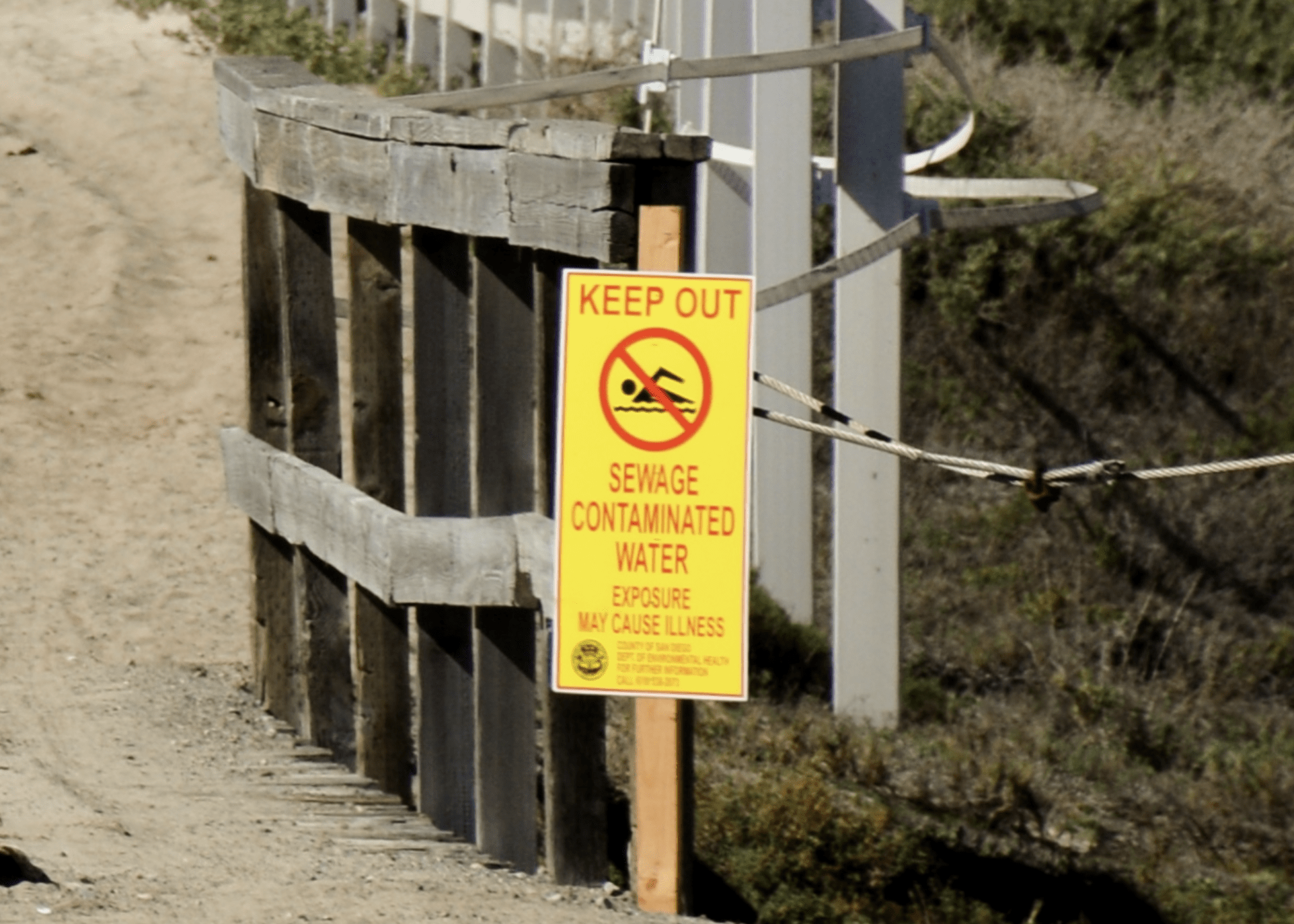ABC NEWS – The U.S.-Mexico border region faces a public health crisis as billions of gallons of contaminated sewage flow from Mexico into San Diego, California, according to a newly released report.
“South San Diego County is in a total state of emergency related to transboundary pollution, and this is a public health ticking time bomb,” Imperial Beach Mayor Paloma Aguirre told ABC News. “We are living in conditions that nobody in this great nation should be living in.”
The Tijuana River – which has been classified as an impaired water body, according to the U.S. Clean Water Act — flows north for 120 miles from Mexico to California before reaching the Pacific Ocean on the U.S. side of the border in the Imperial Beach, San Ysidro and Coronado coastal areas.
Over the last five years, 100 billion gallons of untreated sewage, industrial waste and urban runoff have been dumped into the Tijuana River, according to the International Boundary and Water Commission.
Tuesday marks the 805th day Imperial Beach has been closed due to the ongoing sewage issue, according to Aguirre, but the health risks are affecting residents far from the shore.
“Doctors told ABC News that amid the February storms they have seen a 200 to 300 percent increase in patients with gastrointestinal illness, with symptoms including vomiting and diarrhea.”
San Diego State University’s (SDSU) School of Public Health deemed the cross-border contamination a “public health crisis” and warned that “current regulation and monitoring measures are inadequate,” according to the new report, released on Feb. 13.
Untreated sewage pollutants originating in Mexico and not properly treated at the International Wastewater Treatment Plant include human and livestock diseases, pathogens carrying antibiotic-resistant genes, and industrial chemicals not permitted to be discharged in California, according to the report.
Studying soil samples from South San Diego, researchers found levels of the poisonous elements arsenic and cadmium that exceeded Environmental Protection Agency (EPA) thresholds for safety.



